ANSTO commenced an aerosol sampling program thirty years ago this week to characterise these pollutants and ultimately, identify their sources, which has taken it to the forefront of environmental monitoring of this type in Australia and the region.
Sample environments, Data analysis and reduction on the Koala instrument.
Indigenous Kakadu plum farmers attend workshop on use and application of the elemental fingerprint technology for indigenous bushfoods provenance.
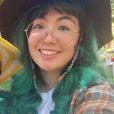
Accelerator Operator
Role at ANSTO
Accelerator Operator.
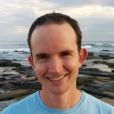
Atmospheric Scientist
Role at ANSTO
MABI instrument can determine both the concentration and source of black carbon pollution in the atmosphere.
X-ray crystallography at the Australian Synchrotron contributed to major research findings.
The technique of using radiocarbon to establish the age of artefacts and other samples as well as to provide insights on climate, has just been updated with the publication of the new radiocarbon curves.
New cathode material provides a direction for the design of high performing sodium ion batteries for large scale energy storage
In accordance with section 516A of the Environment Protection and Biodiversity Conservation Act 1999 (EPBC Act), ANSTO is required to provide an annual report that outlines ANSTO’s environmental performance over the period and how ANSTO accords with the principles of ecologically sustainable development.
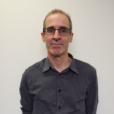
Project Manager for Computing and Electronics
Dr Nick Hauser received his PhD in Physics from the University of Technology Sydney in 1994.
A data manipulation tool for the Powder Diffraction beamline.
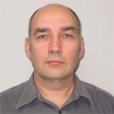
Accelerator Technician
Role at ANSTO
Tony is jointly responsible for the day to day maintenance, running and ongoing development of the STAR and ANTARES accelerators.
We understand that electrochemistry, electrode design and failure modes of your battery system are going to determine your design and research decisions.
You may be confident about the major crystallographic phases of your ore body – but what about those minor phases that can affect processing or cause long-term problems with remediation?
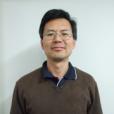
Electronic Technician
I’m an electronics technician working with the Data Acquisition and Electronics Group to assist in the design, development, installation and commissioning of neutron instrument electronic systems as part of NBI2 project. My role also includes deve
New material shows enhanced conductivity for solid oxide fuel cells used in satellites, spacecraft, transport vehicles and as power source
Water is a resource that needs careful management to ensure it is used sustainably. In this data set, students analyse real research data about the sustainability of groundwater on Rottnest Island.
Students will:
- understand the concepts of groundwater and aquifers and the role of the water cycle
- use MS Excel to construct simple graphs (or draw graphs by hand)
- interpret and analyse graphs and other representations of data
- investigate the effects of a changing climate on groundwater resources
- distinguish between correlation and causation
Pagination










